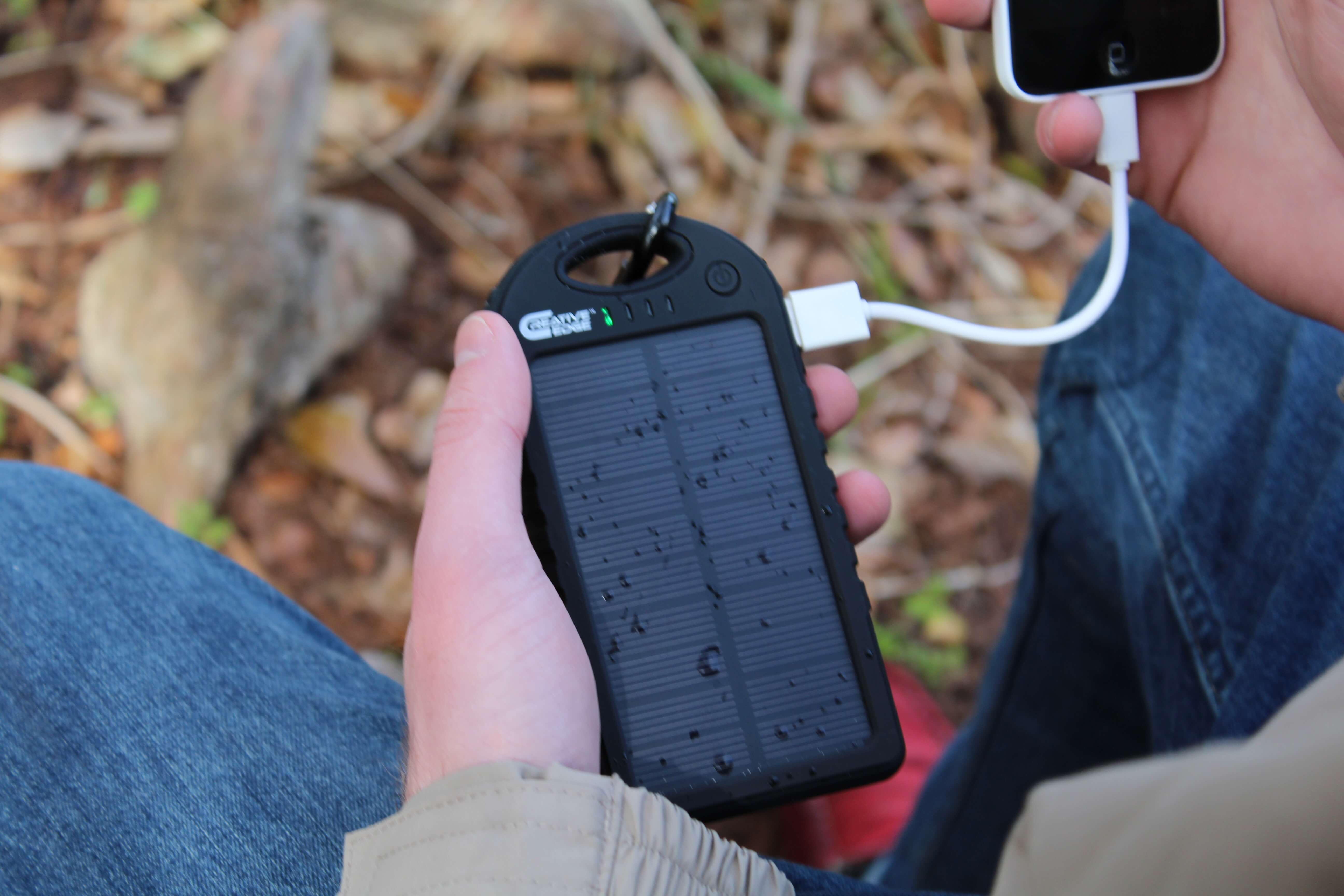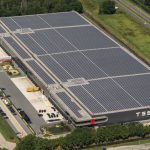
Solar Is Absolutely The Wave Of The Future!
If you haven't called Solar 360 yet, make today the day you call! You'll be glad you did!
A team of scientists has designed a new electrode that could increase current solar energy storage capabilities by an impressive 3,000 percent. Researchers have been inspired by the plant world and have come up with this innovative solar energy storage solution. The new solar storage technology is incredibly flexible and can be directly used in the construction of solar cells. The practical applications of this technology will allow engineers to build solar-powered laptops and smartphones.
To date, a key problem challenging the widespread use of solar energy as a power source has been finding an efficient storage solution without leakage over a certain length of time. One of the technologies proposed by engineers for this purpose was supercapacitors that can charge rapidly and then release energy in bursts. However, supercapacitors cannot become the solution that solar batteries are because they are not capable of storing as much energy.
The team of researchers from the Australian RMIT University, studied the way living organisms manage to store a considerable amount of energy into a small space. They focused their study on the fractal-based leaves of a plant. The western sword fern (Polystichum munitum), a common North American plant, has leaves containing veins that are highly efficient in energy storage. Their fractal shapes, that are self-replicating, inspired the scientists to create a new energy storage type. This naturally-efficient design has been used to improve at nano level the system for solar storage.
Scientists at RMIT University have used lasers to manipulate graphene in order to make a highly conductive electrode. Graphene is a versatile carbon nanomaterial that is just one atom thick and has the capacity to conduct electricity at impressive rates. By building supercapacitors with a graphene electrode based on a fractal design, the Australian research team achieved energy storage with 30 times higher capacity.
When the new electrode is successfully implemented, we could have supercapacitors with 3,000 percent more storage capacity and would offer both quick-burst energy release and long-term reliability. This technology could become the ideal alternative for solar storage.
The first batch of electrodes is, so far, just a proof of concept for the fractal-based design. But the applications of the new technology could spread worldwide. For instance, one of the most exciting possibilities is creating an on-chip energy solution by using this graphene nano-electrode together with a solar cell system. For example, it would be particularly useful to integrate thin-film solar cells with the new electrode in order to develop the next generation of flexible photovoltaics with applications virtually anywhere.
These new solar energy systems could be used in anything from smart watches and smartphones to car panels and buildings. By implementing this new technology, charging stations for hybrid cars or charging batteries for our phones would be no longer needed. It could signify an important turning point in storage solutions.
This would be the first step towards developing self-powering electronics that are fully reliant on solar power. Solving the solar energy storage challenge is critical to solving the renewable energy issues. By supplementing the grid when sunlight is not available, reliable batteries can smooth the intermittency in the flows associated with solar power.
If you are wanting to slash your bills by at least 50 percent, give Solar 360 a call. We’ll answer all of your questions and get you started down the road to solar power freedom.









